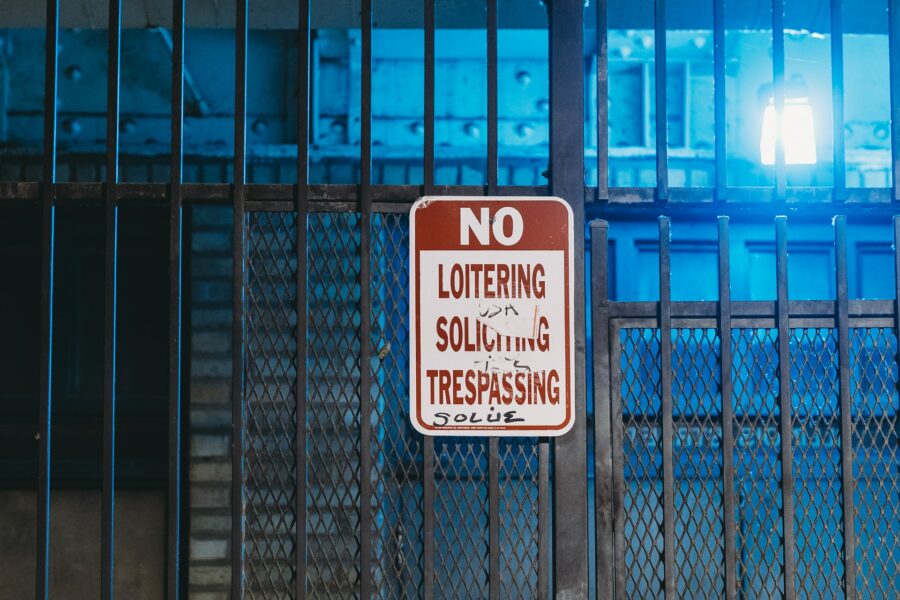In cities around the world, the phenomenon of loitering is a familiar sight. Individuals lingering in public spaces without a clear purpose can evoke mixed reactions. Some view it as a harmless pastime, while others perceive it as a threat to public order.
Understanding why people loiter is crucial in developing effective strategies to prevent it without infringing on individual rights and freedoms.
This blog post will delve into the reasons behind loitering and provide practical tips to mitigate its negative impacts.
Understanding the Reasons Behind Loitering
- Social Connection: People often loiter to connect with others. Public spaces serve as meeting points for friends, family, and even strangers. Social interaction is a fundamental human need, and public areas offer a neutral ground for people to come together. Instead of discouraging loitering, city planners should consider designing spaces that encourage positive social interactions.
- Lack of Alternatives: In some cases, individuals may loiter because they lack suitable alternatives. Limited access to recreational facilities or the absence of welcoming community spaces can contribute to loitering. Investing in public amenities and creating safe, engaging areas can provide alternatives that reduce loitering while enhancing the overall quality of urban life.
- Economic Factors: Economic instability can also drive loitering. Unemployment or underemployment may lead individuals to spend more time in public spaces as they navigate financial challenges. Addressing the root causes of economic instability through job creation and social support programs can help alleviate the pressure that leads to excessive loitering.
Tips to Prevent Loitering
- Community Engagement Programs: Foster a sense of community by implementing programs that engage residents in positive activities. Community events, workshops, and cultural activities can transform public spaces into vibrant hubs, therefore reducing the appeal of aimless loitering.
- Urban Planning and Design: Thoughtful urban planning and design can discourage loitering without resorting to punitive measures. Consider creating well-lit, open spaces with seating, greenery, and public art. Strategic design choices can make spaces more inviting while minimizing opportunities for undesirable activities.
- Security Measures: Implementing non-intrusive security measures can help maintain order without alienating law-abiding citizens. Well-trained security personnel and surveillance systems can deter illegal activities, making public spaces safer for everyone. In the ongoing efforts to curb loitering in public spaces, the consideration of employing a sound deterrent for humans, involving high-frequency noises, could offer a non-intrusive means of discouraging undesirable activities while preserving the overall appeal of shared community areas.
- Public Outreach and Education: Educate the public on the importance of respecting shared spaces. Public awareness campaigns can encourage responsible behavior and discourage loitering without stigmatizing certain groups. Emphasize the positive impact that a clean and well-maintained environment has on the community as a whole.
- Collaboration with Local Businesses: Partner with local businesses to create a sense of ownership over public spaces. When nearby businesses take an active role in maintaining the cleanliness and security of the area, it becomes less attractive for loiterers engaged in disruptive or harmful activities.
Preventing loitering in public spaces requires a multifaceted approach that considers the underlying reasons behind this behavior. By understanding the social, economic, and environmental factors that contribute to loitering, cities can implement targeted strategies to create safer, more vibrant communities. Through community engagement, thoughtful urban planning, and collaboration with local stakeholders, cities can strike a balance that preserves individual freedoms while ensuring public spaces remain welcoming for all.

Leave a Reply